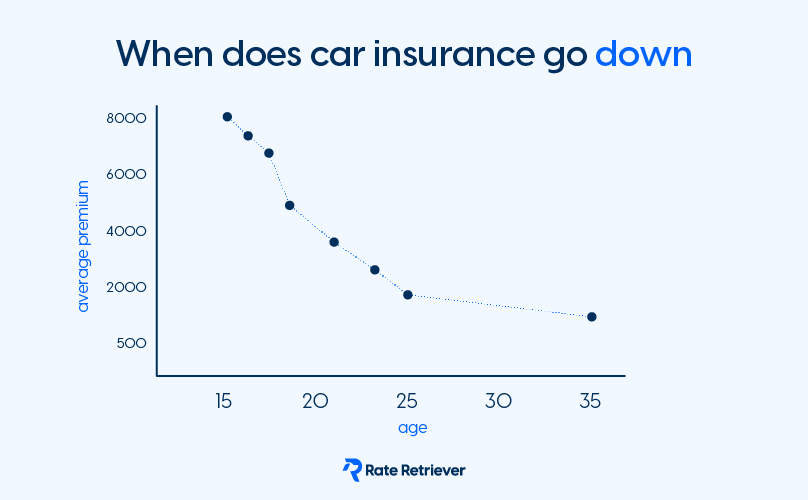Top 10 least expensive cars to insure
Katie Dee
on
2023-11-27
Top 10 least expensive cars to insure

Lorem ipsum dolor sit amet, consectetur adipiscing elit. Ut elit tellus, luctus nec ullamcorper mattis, pulvinar dapibus leo. Lorem ipsum dolor sit amet, consectetur adipiscing elit. Ut elit tellus, luctus nec ullamcorper mattis, pulvinar dapibus leo. Lorem ipsum dolor sit amet, consectetur adipiscing elit. Ut elit tellus, luctus nec ullamcorper mattis, pulvinar dapibus leo.Lorem ipsum dolor sit amet, consectetur adipiscing elit. Ut elit tellus, luctus nec ullamcorper mattis, pulvinar dapibus leo.
Lorem ipsum dolor sit amet, consectetur adipiscing elit. Ut elit tellus, luctus nec ullamcorper mattis, pulvinar dapibus leo. Lorem ipsum dolor sit amet, consectetur adipiscing elit. Ut elit tellus, luctus nec ullamcorper mattis, pulvinar dapibus leo. Lorem ipsum dolor sit amet, consectetur adipiscing elit. Ut elit tellus, luctus nec ullamcorper mattis, pulvinar dapibus leo.
Car insurance companies set rates based on one thing above all else: risk associated with a driver profile. Risk is assessed based on several factors, including your location, age, driving history, and the specific vehicle you are insuring. While some of these aspects are out of your control, choosing to drive a car that car insurance companies view as less risky to insure can significantly decrease your car insurance rates.
With so many vehicles on the market, finding your cheapest option can feel overwhelming. To help you in this process, we have compiled a list of the ten least expensive cars to insure along with their average annual premiums, according to Rate Retriever’s Quarterly Insurance Rates Update.
The least expensive vehicles for car insurance
Of the top 100 best-selling 2023 models, Rate Retriever’s research found that the tenth least expensive car to insure is the Hyundai Tucson. This vehicle has an average annual premium of $1,842, which is 13% lower than the national average of $2,129. Next, the Ford Transit Connect Cargo Van is 14% cheaper than the national average, with policy holders paying an average of $1,840 per year.
The next three cheapest cars to insure are separated by just $1 each for their annual premiums and are all about 14% cheaper than the national average. The Honda HR-V has an average annual premium of $1,835, the Jeep Wrangler costs an average of $1,834 per year to insure, and the Chevrolet Trailblazer has an average annual premium of $1,833.
Starting off the top 5 cheapest cars to insure is the Ram 3500 Promaster Cargo Van, with an annual premium of $1,823, 14% less than the national average. Next, with an average premium of $1,809 per year is the Volkswagen Tiguan. This car is 15% lower than the average vehicle’s car insurance.
The 2023 Mazda CX-5 is the third cheapest car to insure. Car insurance on this model is 15% cheaper than the national average with an annual premium of $1,807. The second cheapest car to insure is the Subaru Forester with an average annual premium of $1,792, 16% cheaper than the national average.
Finally, the cheapest 2023 model to insure is the Subaru Outback. This vehicle has an average annual premium of $1,737, 18% less than the national average for car insurance.
Keep in mind, even if you own one of these vehicles, your exact rate will vary depending on factors such as the state you live in and your age. To get a more accurate car insurance rate estimate, take our short quiz to compare companies and find the cheapest option for you.
What makes a car less expensive to insure?
Car insurance rates are highly personalized, and the exact make and model of your car can influence your premium drastically. Typically, vehicles with high safety ratings and anti-theft technology are cheaper to insure because these features make the policyholder less likely to file a claim.
Additionally, luxury vehicles and electric cars are usually more expensive to insure because they are pricier to repair or replace if you ever need to file a claim. Electric vehicles may also require a specialized body shop to make any necessary repairs. This makes these repairs more expensive and, therefore, adds to the cost of car insurance on these vehicles.
The number of accidents associated with a certain make and model will also have an impact on car insurance rates. Car insurance companies analyze the accident history for specific vehicles and will set higher rates for those with a higher percentage of accidents.
If you are in the market for a new car, consider doing some outside research on accident history prior to making your purchase to try and keep your car insurance rates as low as possible.
Frequently asked
How does the insurance company determine my rate?
Car insurance companies determine how much they charge you based on your driver profile. Factors that can impact your rates include:
- Demographics – your age, home ownership, credit score, and more
- Your driving history – how long you’ve been driving, traffic violations, and more
- Your car – make, model, and year
- Where you live – state and zip code
- How much coverage you want
Read more about the factors that impact your car insurance rate
How do I switch my car insurance?
Switching your car insurance is easy, even if you are in the middle of your current policy.
Here are some helpful tips to consider to switch your car insurance:
- Decide what coverage you want with your next policy
- Check if your current provider charges cancellation penalties or fees
- Compare prices from at least 3-5 insurance companies (Rate Retriever makes this easy, giving you personalized rates from the top companies near you)
- Get a final quote from at least one of your choices
- Cancel your current policy once your new one begins
How much car insurance do I need?
The answer to this question depends on where you live and what you would like to cover.
Each state has its own minimum requirements on the type and amount of insurance needed. When you’re trying to determine what and how much car insurance you need, you can start by reviewing your state’s requirements.
Find out what’s required in your state
Once you review your state’s minimum requirements, you may find that you want additional coverage. For example, sometimes owners of new cars want comprehensive coverage to insure their car from natural disasters and vandalism, even though comprehensive coverage isn’t required by their state. To figure out what insurance you want, you can review the different types of insurance to decide what makes the most sense for your situation.
How is Rate Retriever different than other insurance websites?
The biggest difference between Rate Retriever and other comparison sites is that we are a free and impartial research tool NOT an insurance marketplace. This means you can’t purchase a policy directly through RateRetriever.com, but you can use our tool to independently research your options and seamlessly connect with the provider you choose.
Unlike other insurance comparison sites, we:
- Use third-party data to give you more accurate rate estimates instead of inaccurate, suspiciously low quotes to get you in the door
- Do not limit your list of results to paid advertisers
- Do not collect your email or phone number before we let you see your results
- Give you results after just five questions (however, your results will be more accurate if you complete your profile)
We like to think that Rate Retriever is your insurance companion, not just another insurance comparison site. Our values guide everything we do, which is why we strive to offer transparent, trustworthy insurance tools.
How can I get cheaper car insurance?
There are many ways you can try to get cheaper car insurance. The first is simply to get quotes from multiple providers. This will help you determine if you’re currently receiving the cheapest rates based on your needs and driver profile. Rate Retriever makes the comparison process easy.
Sometimes, the reason your car insurance is so expensive is due to your driver profile. For example, drivers under 20 years old usually pay more for insurance than more experienced drivers, and drivers with a recent at-fault accident or traffic violation typically pay more.
There are ways to lower the cost of your insurance such as taking a defensive driving course. Check with your provider to see if there are any discounts you qualify for or can reasonably earn.
How does Rate Retriever make money?
Rate Retriever works with national and local insurance providers to provide our users with a seamless insurance shopping experience. We may earn a commission from our insurance provider partners when you click on a link, call, or purchase a policy from one of the providers listed on our site. That said, we’re committed to providing you with accurate, bias-free information, and we do not allow our partnerships to limit the results or influence the information we share with you.
We do not sell your personal information, charge you for using our tools, or sell you insurance policies. Additionally, should you choose to purchase a policy from one of our partners, the price you pay will not be adversely affected.



























